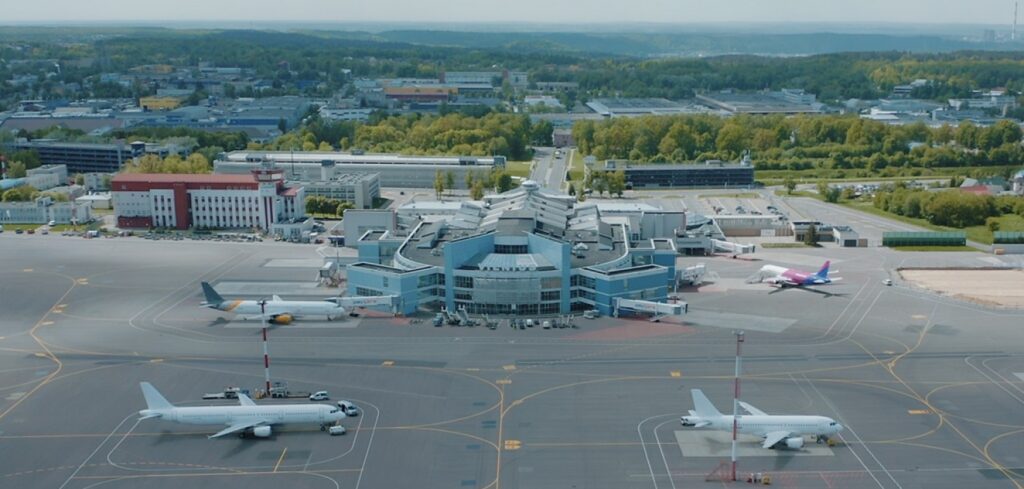Airport operator Lithuanian Airports has issued a tender for “the analysis and preparation of the network masterplan” to provide guidelines for the development of its airport network over the next 10 years.
The study will provide an overview of the current infrastructure capacity and the long-term prospects for expansion under different scenarios, with the resulting analysis and strategy focusing on the specific strengths of the operator’s Vilnius, Kaunas and Palanga airports in Lithuania. The contracts are expected to be awarded in the second half of this year, with the network masterplan ready by the summer of 2023.
The analysis will also look at the increase of flights and capacity in passenger and cargo terminals. The network plan will include, among other components, an analysis of accessibility (ground connections to airports and their modernization), infrastructure (modernization of existing passenger and cargo terminals) and the environmental situation. The document will also provide a financial forecast for the long-term development period, an overview of the impact of airports on the national economy and plans for the use of the land plots owned by Lithuanian Airports.
Additionally, the study will analyze the development and modernization alternatives for the existing Vilnius Airport arrivals terminal. The recommendations made by the consultants, together with Lithuanian architectural experts, will help to decide on future actions related to the objects with heritage protection status.
Arnas Dūmanas, head of operations and infrastructure department of Lithuanian Airports, said, “In the company’s operational strategy until 2030, we have clearly defined that over the next 10 years Lithuanian Airports will develop their operations in the network of Vilnius, Kaunas and Palanga Airports. This year, when our company becomes a joint-stock company, additional opportunities will open up. In this context, we want to assess what opportunities exist to make even more efficient use of our existing infrastructure. The aim of this study is to have a clear assessment of the potential of each branch, a long-term development perspective and an overview of possible alternatives.”

